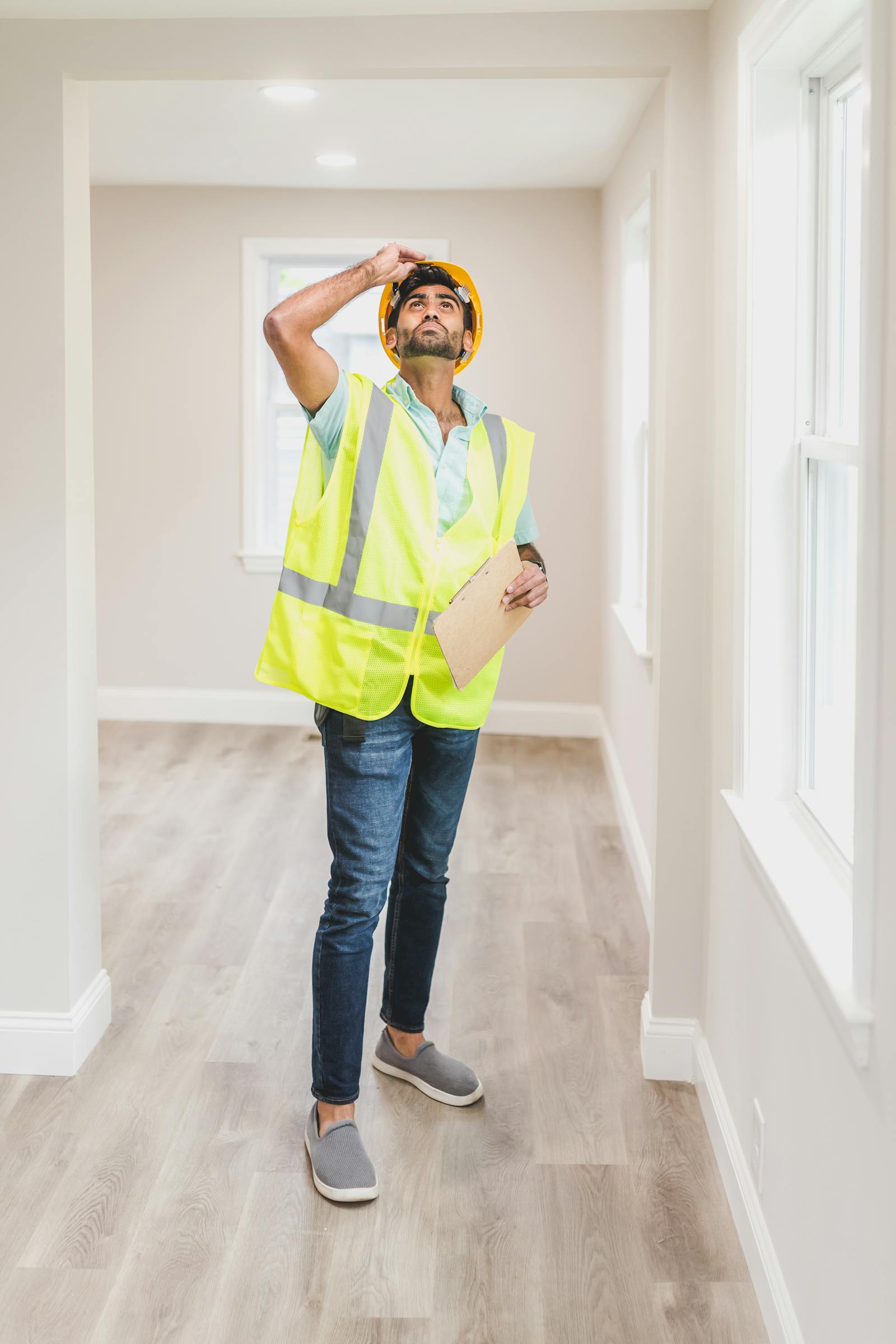If you’re new to the real estate market, the industry’s jargon can sometimes feel like a foreign language. From acronyms to technical terms, understanding real estate terminology is essential for making informed decisions whether you’re buying, selling, or investing in property. This guide breaks down common real estate jargon so you can navigate the process with confidence.
1. Appraisal
An appraisal is an evaluation of a property’s market value, conducted by a licensed appraiser. This assessment is based on factors such as the home’s condition, location, and recent sales of similar properties in the area. Lenders use appraisals to determine the amount they’re willing to lend for a mortgage.
Why It Matters: A low appraisal can affect your ability to secure financing, or it may require renegotiating the purchase price with the seller.
2. Closing Costs
Closing costs are the fees and expenses that buyers and sellers must pay at the closing of a real estate transaction. These costs can include loan origination fees, title insurance, attorney fees, appraisal fees, and more. They typically range from 2% to 5% of the home’s purchase price.
Why It Matters: Understanding closing costs helps you budget more accurately for your home purchase. Some costs may be negotiable, so it’s important to review them carefully.
3. Contingency
A contingency is a condition that must be met for a real estate contract to become binding. Common contingencies include home inspections, appraisals, and financing approval. If a contingency is not met, the buyer or seller may have the option to back out of the contract without penalty.
Why It Matters: Contingencies protect both buyers and sellers by ensuring that certain conditions are satisfied before the sale is finalized.
4. Earnest Money
Earnest money is a deposit made by a buyer to show their serious intent to purchase a property. This money is typically held in escrow and applied to the purchase price at closing. If the deal falls through due to the buyer’s fault, the seller may keep the earnest money.
Why It Matters: Earnest money is a sign of good faith and can strengthen your offer in a competitive market.
5. Escrow
Escrow is a neutral third party that holds funds or documents during a real estate transaction until all conditions of the sale are met. Once everything is in order, the escrow agent releases the funds to the appropriate parties and facilitates the closing process.
Why It Matters: Escrow ensures that both buyers and sellers fulfill their contractual obligations before money and property change hands.
6. Fixed-Rate vs. Adjustable-Rate Mortgage (ARM)
A fixed-rate mortgage has an interest rate that remains the same for the life of the loan, resulting in consistent monthly payments. An adjustable-rate mortgage (ARM), on the other hand, has an interest rate that can change periodically based on market conditions.
Why It Matters: Understanding the difference helps you choose the right mortgage type based on your financial situation and long-term plans.
7. Home Inspection
A home inspection is an examination of a property’s condition, usually conducted by a certified inspector. The inspection covers essential aspects of the home, such as the roof, foundation, plumbing, electrical systems, and more.
Why It Matters: A home inspection can reveal potential issues with the property that may need to be addressed before the sale is finalized, or it could be grounds for renegotiating the purchase price.
8. MLS (Multiple Listing Service)
The Multiple Listing Service (MLS) is a database used by real estate agents to list properties for sale. It provides comprehensive information about available properties, including photos, descriptions, and details about the neighborhood.
Why It Matters: Access to the MLS gives buyers a wide range of property options, while sellers benefit from increased exposure.
9. Pre-Approval vs. Pre-Qualification
Pre-qualification is an informal process where a lender estimates how much you might be able to borrow based on basic financial information you provide. Pre-approval, on the other hand, is a more formal process where the lender reviews your credit, income, and assets to determine the exact loan amount you’re approved for.
Why It Matters: A pre-approval carries more weight than a pre-qualification when making an offer on a home, as it shows sellers that you’re a serious buyer with financing in place.
10. Title Insurance
Title insurance protects buyers and lenders from financial losses due to defects in the title, such as liens, encumbrances, or ownership disputes. There are two types: lender’s title insurance (required by the lender) and owner’s title insurance (optional but recommended).
Why It Matters: Title insurance ensures that you have clear ownership of the property and protects you from legal claims that could arise after the purchase.
11. Underwriting
Underwriting is the process a lender uses to assess the risk of offering a mortgage loan. During underwriting, the lender reviews your credit history, income, assets, and other financial information to determine if you qualify for the loan and what terms to offer.
Why It Matters: The underwriting process can affect the approval of your mortgage and the interest rate you receive.
12. Amortization
Amortization is the process of gradually paying off a mortgage over time through regular payments that cover both principal and interest. An amortization schedule breaks down each payment, showing how much goes toward interest and how much goes toward reducing the principal balance.
Why It Matters: Understanding amortization helps you see how your payments impact your loan balance over time and how you can save on interest by making extra payments.
Conclusion
Real estate jargon can be confusing, but having a solid grasp of these common terms can make the buying or selling process much smoother. Whether you’re entering the market for the first time or simply looking to brush up on your knowledge, understanding the language of real estate empowers you to make confident decisions. The more familiar you are with these terms, the better equipped you’ll be to navigate your real estate journey.
By decoding the jargon, you can approach your real estate transactions with greater clarity and confidence. Remember, knowledge is power—especially in real estate!












